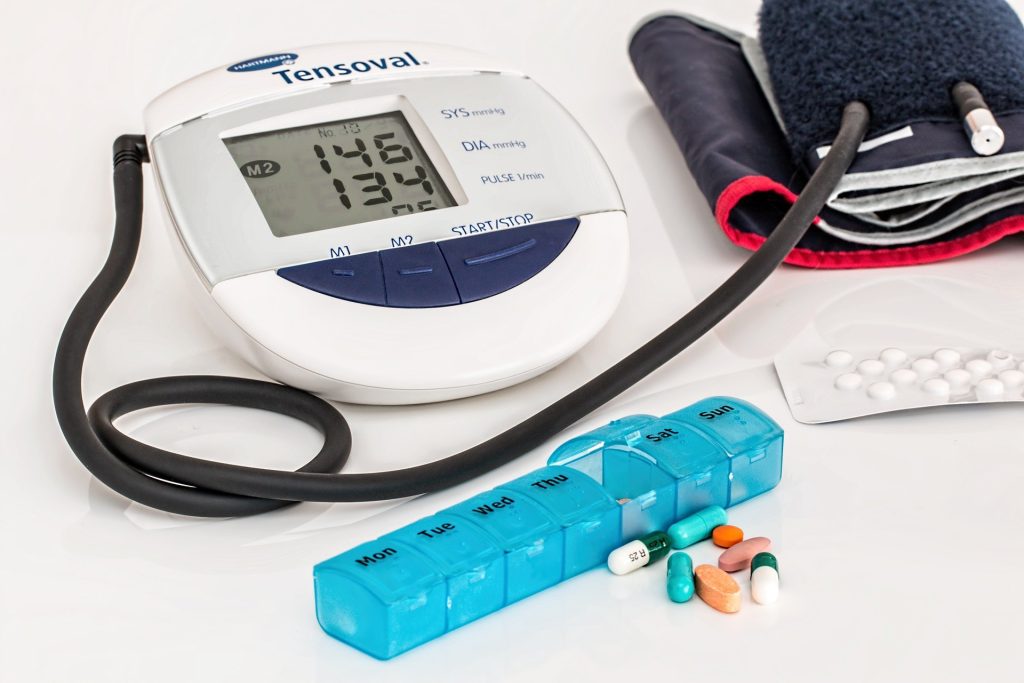Home BP Monitoring Gets the Thumbs-up From Patients

Adults needing to track their blood pressure regularly for a hypertension diagnosis preferred home monitoring blood pressure versus at a clinic, kiosk or with a 24-hour wearable device, according to preliminary research presented at the American Heart Association’s Hypertension Scientific Sessions 2021.
According to the American Heart Association, about half of US adults have hypertension, and of those with high blood pressure (BP) over a third are unaware they have it. H
“Most hypertension is diagnosed and treated based on blood pressure measurements taken in a doctor’s office, even though the U.S. Preventive Services Task Force and the American Heart Association recommend that blood pressure measurements be taken outside of the clinical setting to confirm the diagnosis before starting treatment,” said lead study author Beverly Green, MD, MPH, senior investigator and family physician at Kaiser Permanente Washington Health Research Institute. “It is the standard that blood pressure monitoring should be done either using home blood pressure monitoring or 24-hour ambulatory blood pressure monitoring prior to diagnosing hypertension.”
The “gold standard” for out-of-office measurement to determine a diagnosis of high blood pressure is 24-hour ambulatory blood pressure monitoring devices, worn day and night to take continuous blood pressure readings. Measuring BP on a home device with a normal BP cuff, can be more convenient.
The researchers studied adherence and acceptability of different blood pressure measuring methods among 510 adults with elevated BP but without a hypertension diagnosis. Participants in the study were an average age of 59 years old; half were male; the average BP was 150/88 mm Hg and were taking blood pressure-lowering medications.
Participants were randomised to either clinic measurements, home monitoring or kiosk blood pressure monitoring.
Those in the group for clinic measurements were asked to return to the clinic for at least one additional blood pressure check, as is routine in diagnosing hypertension in clinical practice. The home group received home blood pressure machines and the training to use them, and were asked to measure their blood pressure twice in a row, two times daily, for five days, for a total of 20 measurements. The kiosk group was asked to take their blood pressure at a kiosk in their clinic or at a nearby pharmacy three times each on three separate days, for a total of nine measurements. All participants were asked to complete their group-assigned diagnostic regimens within three weeks, and then to complete 24-hour ambulatory blood pressure monitoring. Researchers compared adherence to and the acceptability among each diagnostic method.
They measured adherence to monitoring by noting the percent of individuals in each group who completed their assigned measurement method as instructed. They measured acceptability with questionnaires.
Researchers found that overall acceptability was highest for the at-home group, followed by the clinic and kiosk groups, while 24-hour ambulatory blood pressure monitoring was the least popular. Adherence to the monitoring regimen was lowest in the kiosk group, but more than 90% in the home testing group; more than 87% in the clinic group; nearly 68% in the kiosk group; and 91% for 24-hour ambulatory monitoring among all participants.
“Home blood pressure monitoring was the most preferred option because it was convenient, easy to do, did not disturb their daily personal or work routine as much, and was perceived as accurate,” said Dr Green. “Participants reported that ambulatory blood pressure monitoring disturbed daily and work activities, disrupted sleep and was uncomfortable.”
When asked which diagnostic testing regimen they would prefer, more than half chose home blood pressure monitoring, especially if they were assigned to the home group, where almost 80% preferred home monitoring.
Dr Green suggests that clinicians routinely offer home blood pressure monitoring to their patients with elevated blood pressure.
“Health care professionals should work toward relying less on in-clinic visits to diagnose hypertension and supporting their patients in taking their blood pressure measurements at home,” Dr Green said. “Home blood pressure monitoring is empowering and improves our ability to identify and treat hypertension, and to prevent strokes, heart attacks, heart failure and cardiovascular death.”
Source: American Heart Association

